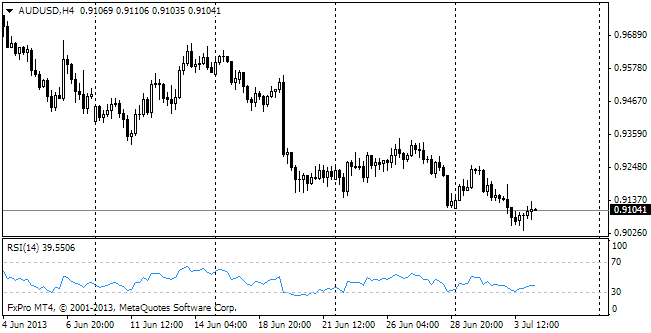EUR/usd
The euro survived the bearish pressure. The support rate of 1.3790 held out, thus preventing a chain reaction in the exchanges and triggering of stop orders. Today we expect the release of April's Flash PMIs, which makes the day really important for the euro. According to the consensus forecast, the rates will generally remain unchanged in the eurozone, but are likely to grow in Germany. The services sector, in the meantime, is expected to show acceleration in all the key points. In other words, investors look forward to further extension of the recovery, which usually spreads from manufacture to the services sector, which then ensures active economic growth. Yet, we stay cautious regarding this issue. While Germany is able to speed up its economic growth due to the tight labour market, the periphery, which is still tightening its belt, is very unlikely to extend its expenditures. Time will show, but in short term the advocates of technical analysis still have one incomplete task. It's closure of the gap formed at the beginning of the previous week. The gap will be closed in case the pair grows to 1.3880. Today's favourable statistics may be quite enough to stir growth by half a figure from the current 1.3830. Having some doubts about the long-term prospects of the strong euro, we still can't deny a possibility of fleeting bursts. The USA keeps releasing news on its housing market. Yesterday's data were within the general trend for weakening, showing decline by 0.2% in March to 4.59bln. (against the supposed slowdown to 4.57bln). New Home Sales will be published today. This indicator, on the contrary, is forecasted to show some acceleration against the previous month and remain close to the zero growth rates against the preceding year. The stronger data are able to render some help to the dollar, however, the EU statistics are first on the agenda today.
GBP/USD
The cable remains above 1.6800. Today the threat is posed by the BOE's meeting minutes. But the Public Sector Net Borrowing can be also of interest. The economic growth exceeding the forecasts of the previous year, should help to the budget consolidation due to increase in tax receipts and decrease in welfare spending. It only remains to see if it is really so. Besides, today we have a release of CBI reports, embracing the trends of selling prices and quarterly data on business optimism. Both are expected to grow.

USD/CAD
Today's release of the Canadian retail sales statistics should be treated with attention. A month ago the data proved to be much better than expected, which helped to stop the Loonie's decline. Though usdcad is in a slightly upward trend, volatility in the pair has significantly declined recently, which eventually may spill over into a sharp movement either up or down.

AUD/USD
The Australian dollar tumbled down on the release of inflation statistics. Over the first quarter the prices grew by 0.6% against the supposed 0.8%. As a result, the annual growth rate rose from 2.7% to 2.9%, instead of the expected 3.2%. Such rates leave the RBA more space for maneuver than supposed by the market. So, the Bank doesn't need to hurry with toughening of the monetary policy. The effect, produced by the aussie's weakening in the preceding quarters, is not as strong as expected.
